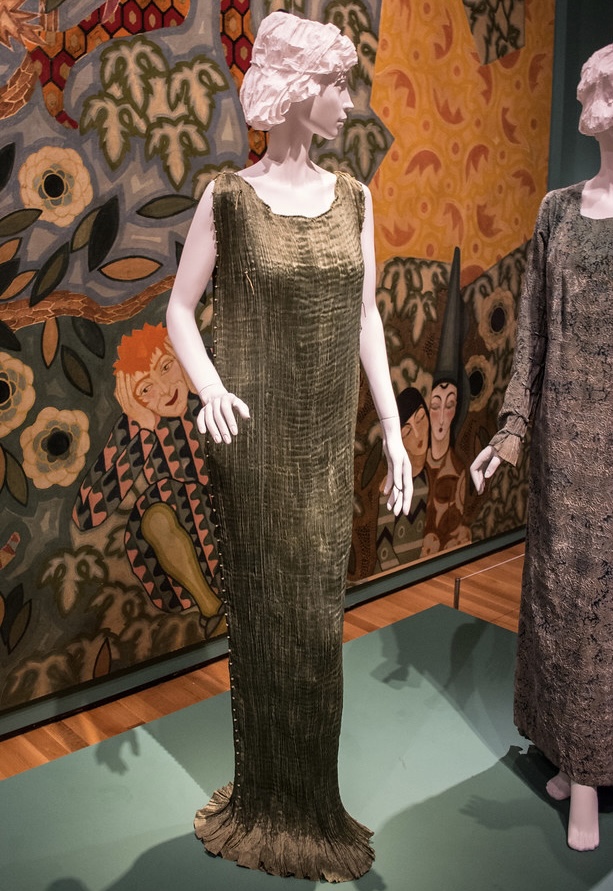
This fall, women fashion designers will finally get the recognition they deserve at the Metropolitan Museum of Art’s Costume Institute.
Women Dressing Women, on view in New York starting in December, is expected to showcase the work of over 70 womenswear designers from the turn of the 20th century up to the present day.
“Our fall exhibition will provide an opportunity to engage with the critical histories of innovative women designers, all of whom played pivotal roles in the conception of fashion as we know it today,” associate curator Mellissa Huber said in a statement.
While the Costume Institute has held shows dedicated to the works of individual women designers, such as Coco Chanel and Miuccia Prada, Women Dressing Women will be the first exhibition in the institute’s 85 years of existence to explore the historical role of women as a collective in the fashion space.
According to a press release, the exhibition will focus on four key notions: anonymity, visibility, agency and absence/omission. In addition to spotlighting women designers, the exhibition aims to examine the history of the industry itself and how women’s social, financial and creative autonomy has evolved over the years.
For example, Huber told The New York Times that the 1920s and 1930s were the only period in history when women slightly outnumbered men in the creative direction of fashion, but “that moment never really, truly occurred again” after World War II because of “gender and social change and a lack of confidence on the part of the financial community to invest in women.”
A number of the designers to be included in the exhibition gained worldwide recognition for their work, such as Jeanne Lanvin and Clare McCardell; but for others, this exhibition will be one of the rare moments in which they loudly, publicly receive credit for their designs.
According to Huber, the famous Fortuny Delphos gown – commonly believed to be designed by the brand’s founder, Mariano Fortuny – was actually designed by his wife, Adèle Henriette Negrin Fortuny, but he filed the gown’s patent under his own name for expediency. “To realize that there was actually another person behind the dress who had been removed from the historical record for so long was astonishing,” Huber said.
The Met will not be the only museum to honor women designers this fall. In September, the Winterthur in Delaware will hold an exhibition honoring Ann Lowe, the Black couturier who designed Jackie Kennedy’s wedding dress during the early stages of the civil rights movement in the United States. And in October, the Jewish Museum in New York will hold the first major exhibition dedicated to Gaby Aghion, founder of Chloé. In the 1960s, Aghion discovered and hired aspiring designer Karl Lagerfeld – who went on to be one of the most powerful, celebrated figures in women’s fashion, despite his long history of shaming women’s bodies.
While men make up the largest percentage of designers in women’s fashion today, the Women Dressing Women exhibition aims to redirect the spotlight and celebrate the unsung female designers of past and present.
Max Hollein, The Met’s Marina Kellen French Director and CEO, said in a statement, “The spectacular garments on view will inspire a renewed appreciation for the multidisciplinary talents at the heart of this vibrant art form and for the countless women whose contributions were, and continue to be, the lifeblood of the global fashion industry we see today.”



![Billie Eilish is not only known as an iconic singer-songwriter, but also an animal welfare activist. [Credit: Billie Eilish Instagram]](https://thestoryexchange.org/app/uploads/2021/09/billie-eilish-met-gala-2021-oscar-de-la-renta-e1631733185320-150x150.jpeg)